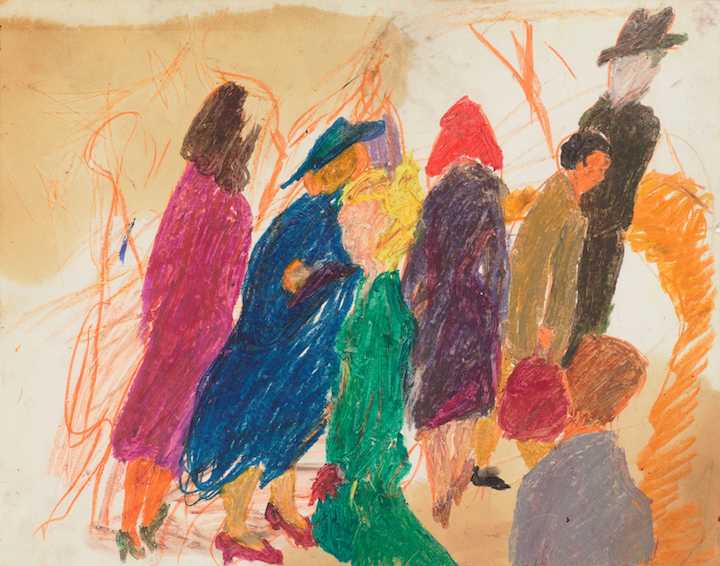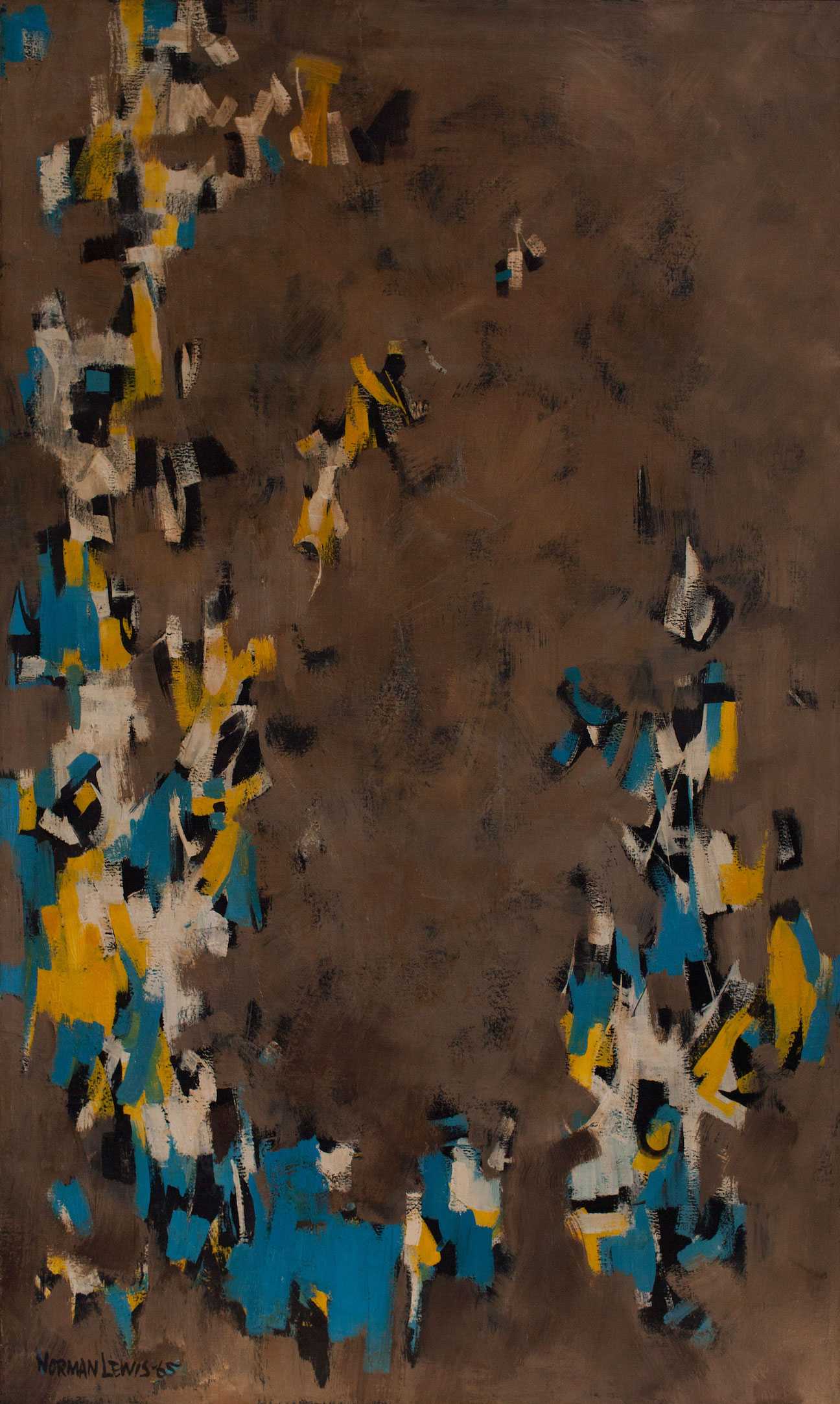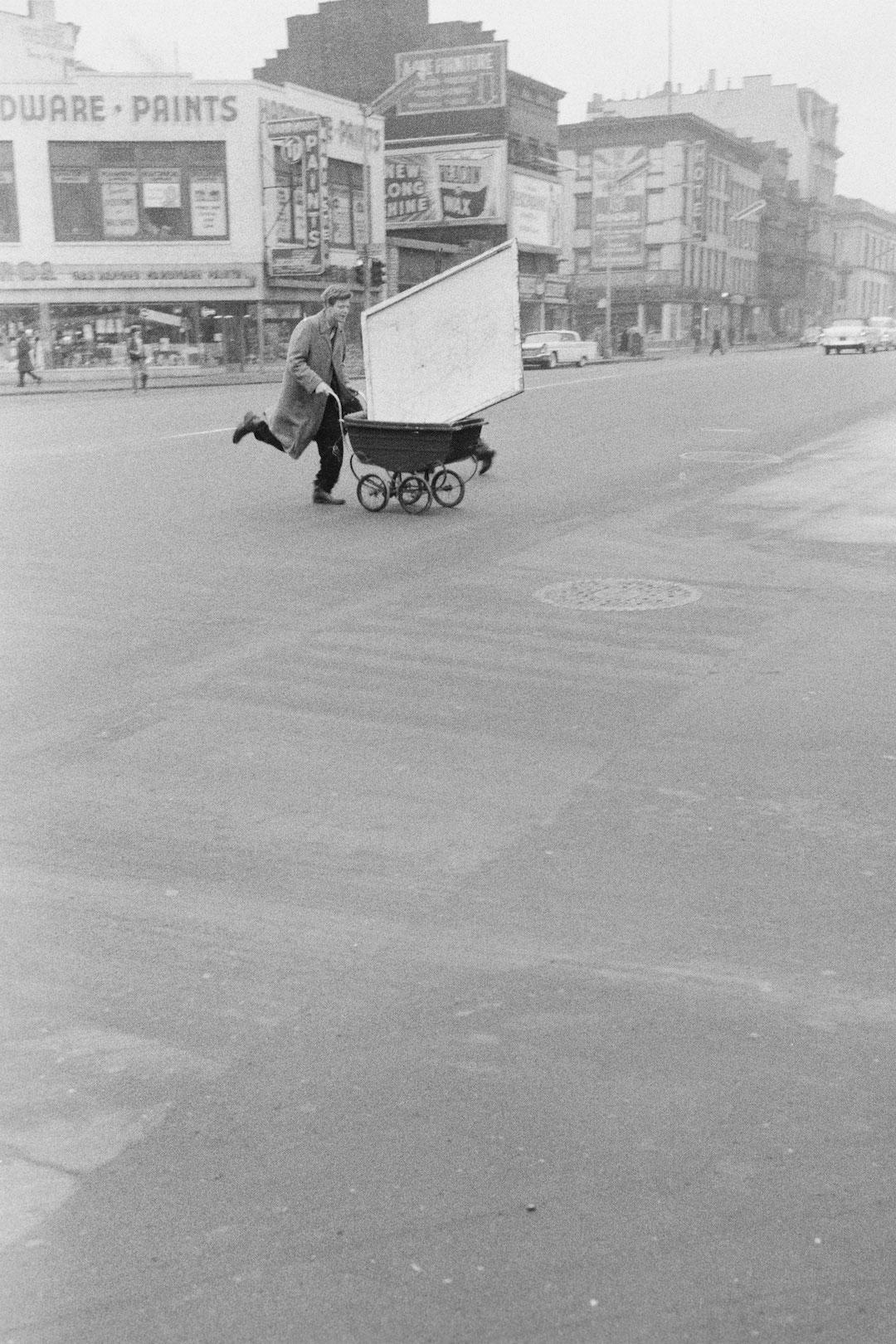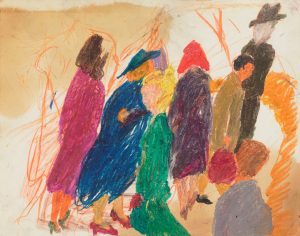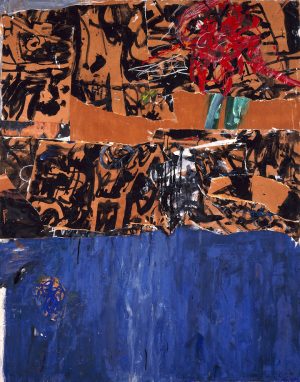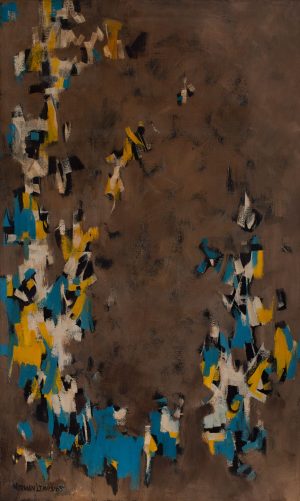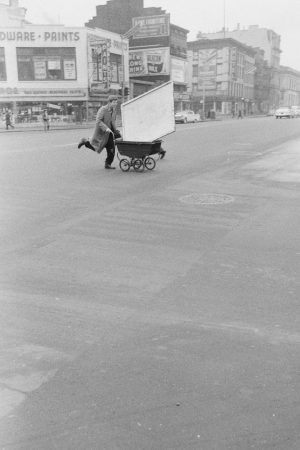Grey Gallery Gives Credit to Post-WWII Revolutionaries
January 24, 2017
In “Inventing Downtown: Artist-Run Galleries in New York City 1952-1965,” NYU’s Grey Gallery explores a lesser-known part of the New York art world — the post-World War II world of D.I.Y. galleries.
Following World War II, New York City artists began exhibiting their works in galleries of their own. By breaking away from the traditional uptown museums, New York City artists allowed themselves greater freedom of expression and autonomy in these artist-run spaces. Some of these galleries operated as co-ops, allowing members to split the costs and responsibilities of running them. Others were run as both galleries and studios.
In the midst of the Cold War, political turmoil and one of the most pivotal decades in the fight for civil rights, these artists produced pieces that unabashedly confronted the political and social changes of their time. Artist-run galleries in downtown New York City became a center for innovation and experimentation.
Curator Melissa Rachleff, a clinical associate professor in NYU’s Steinhardt School, split the exhibit into five sections. It begins with a set of works grouped under the title “Leaving Midtown,” that surveys some of the earliest artist-run galleries in the city, which sprung up in the heart of the East Village. Many of these artists began incorporating everyday objects into their works. For example, Robert Whitman of the Hansa Gallery used cheesecloth, aluminum foil and scotch tape to create tattered checkerboards. By reminding viewers that art is not necessarily permanent, Whitman used his pieces to explore themes of temporality and fragility.
Next, the exhibit highlights the Brata Gallery on E. 10th St., where American and Japanese artists worked together to reinvent modern art. Yayoi Kusama, who emigrated from Japan in 1957, created a mesmerizing piece of red and beige spots, inspired by hallucinations where she perceived dots covering everything she saw. Kusama’s first use of dots dates back to a drawing she did when she was 10, in which a woman in a kimono is covered by dots.
The next exhibit, dubbed “City as Muse,” examines four galleries that began incorporating performances into their artworks. In a piece called “The Burning Building,” artists of the Delancey Street Museum improvised a story of love and heroism by calling out words and phrases without a script. These performance pieces revolutionized the art scene by breaking down the boundaries between theater and the visual arts.
Then there’s the artist collective “Politics as Practice,” who channeled their nightmares, frustrations and hopes into pieces that were dynamic, gritty and honest. The Spiral Group consisted of 15 African American artists who became some of the first visual artists to deliberately associate their work with the civil rights movement. One of the group’s founding members, Norman Lewis, explored the use of black as a color in an abstract oil painting of blue, yellow and black splotches over a brown background.
The post-World War II artistic period in New York City is too often overshadowed by the better-known pop art movement that immediately followed it. However, in the Grey Gallery’s representation of city’s downtown art scene, these pioneering painters, sculptors, actors and musicians receive their due credit as the innovative artists who established modern art as we know it today.
“Inventing Downtown” opened at the Grey Gallery at 100 Washington Square East on Jan. 10 and will run through April 1. The gallery is open Tuesday through Saturday. Admission is free with an NYU ID, and there is a suggested donation of $3 for those unaffiliated with the university.
Email Jessica Tien at [email protected].






















































































































































